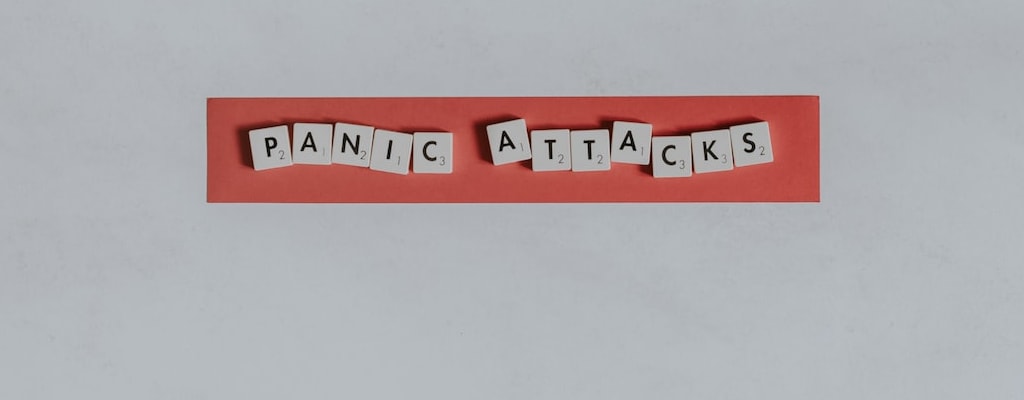keep pace: Idiom Meaning and Origin
What does ‘keep pace’ mean?
The idiom "keep pace" means to maintain a similar speed, progress, or level as someone or something else.

Idiom Explorer
The idiom "keep up with the Joneses" means to try to match or rival the lifestyle or possessions of one's neighbors or peers, often driven by the desire for social status or recognition.
The idiom "keep up appearances" means to maintain a certain image or perception, often to hide the true situation or feelings.
The idiom "keep up" means to maintain the same level or pace, or to continue at a sufficient rate. It can refer to staying informed or being able to match or compete with others.
The idiom "keep the show on the road" means to continue with a task or activity without interruption or delay. It is often used to indicate the importance of maintaining progress or forward momentum to achieve a desired outcome or goal.
The idiom "keep the pot boiling" means to maintain a situation or activity at a satisfactory or acceptable level of progress, especially in order to avoid any interruptions or setbacks.
The idiom "keep the peace" means to maintain harmony, calm, and order in a situation or relationship, usually by preventing conflict or resolving disputes.
The idiom "keep the ball rolling" means to keep an activity or conversation going, to maintain progress or momentum in a situation. It suggests the idea of keeping things moving forward and not allowing them to come to a standstill.
The idiom "keep tabs on" means to monitor or keep a close watch on someone or something. It implies staying informed or updated about the activities, progress, or whereabouts of a person or situation.
The idiom *keep straight* means to continue in the same direction or to maintain a clear and honest approach without deviation.
The idiom "keep someone on their toes" means to keep someone alert, attentive, or prepared for any unexpected situation.
Rhythmic Unveiling
The idiom "keep pace" has several different meanings, all of which relate to the concept of staying at the same level or speed as someone or something else. It is used both in literal and figurative contexts, and its origins can be traced back to the early 17th century.
One of the primary meanings of "keep pace" is to maintain the same speed as something or someone. In a literal sense, it refers to marching or walking in step with others. This can be seen in military formations, where soldiers are required to "keep up" with their units to maintain order and coordination. In a business context, "keep pace" can also mean to "keep up" with the latest advancements and trends, in order to stay competitive and not fall behind.
Figuratively, "keep pace" is often used to describe the act of staying at the same level or speed as a process or development. It could be said that in order to "keep pace" with the changing market demands, businesses must be able to "keep it up" by continually innovating and improving their products or services. By doing so, they are able to "keep it moving" by staying relevant and meeting the needs of their customers.
Additionally, "keep pace" can also be used to describe the act of maintaining a similar level of performance or progress as others. In sports, for instance, it refers to being able to compete at the same level as one's opponents or teammates. It suggests the ability to "keep up with the Joneses" by matching their abilities or achievements. In a professional context, "keep pace" can mean to "keep on" working hard and pushing oneself to achieve goals and reach new levels of success.
The etymology of "keep pace" can be traced back to the combination of two words: "keep" and "pace." "Keep" means to continue doing something or to retain possession or control of something. "Pace" refers to a consistent rate or speed. Together, these words imply the act of maintaining a consistent speed or level alongside someone or something else.
The idiom "keep pace" is used to describe the act of staying at the same level, speed, or performance as someone or something else. It has both literal and figurative meanings, and it has been in use since the early 17th century. Whether it is about marching in step or staying competitive in the business world, "keep pace" encapsulates the idea of maintaining alignment and not falling behind.
Example usage
Examples:
- She struggled to keep pace with her faster teammates during the race.
- Despite working late hours, he still managed to keep pace with his workload.
- The company is finding it difficult to keep pace with the rapidly changing industry trends.
More "Motion" idioms



